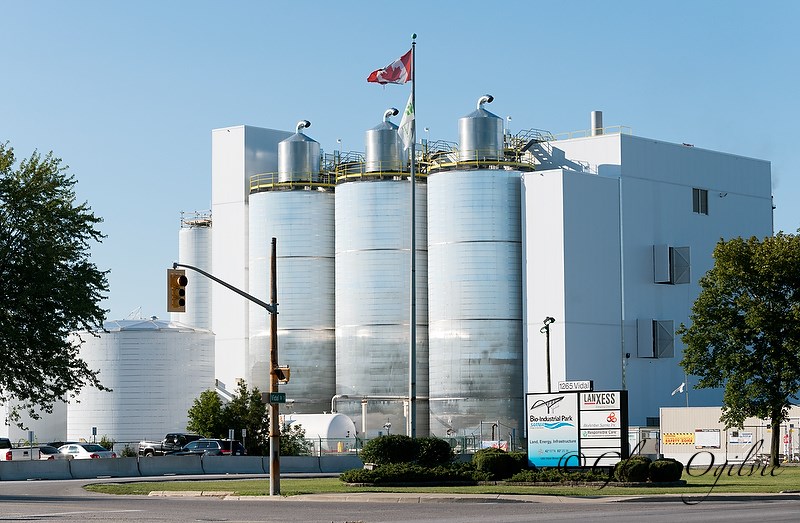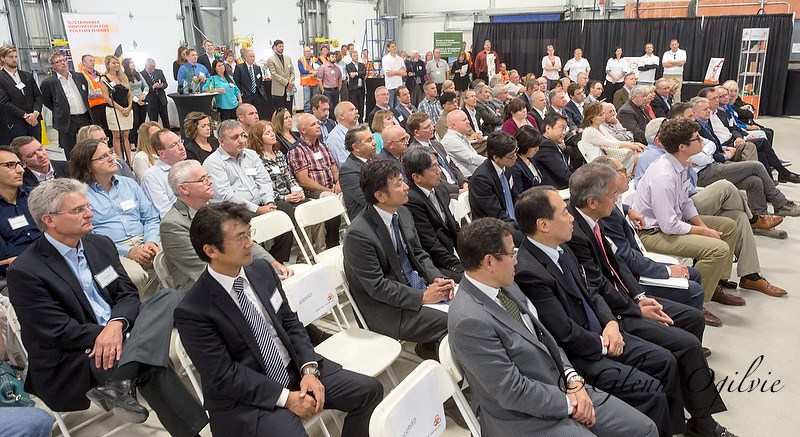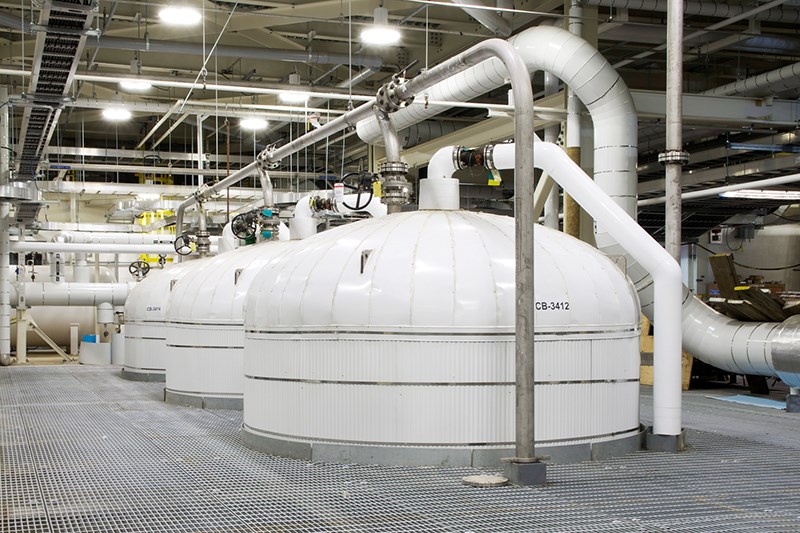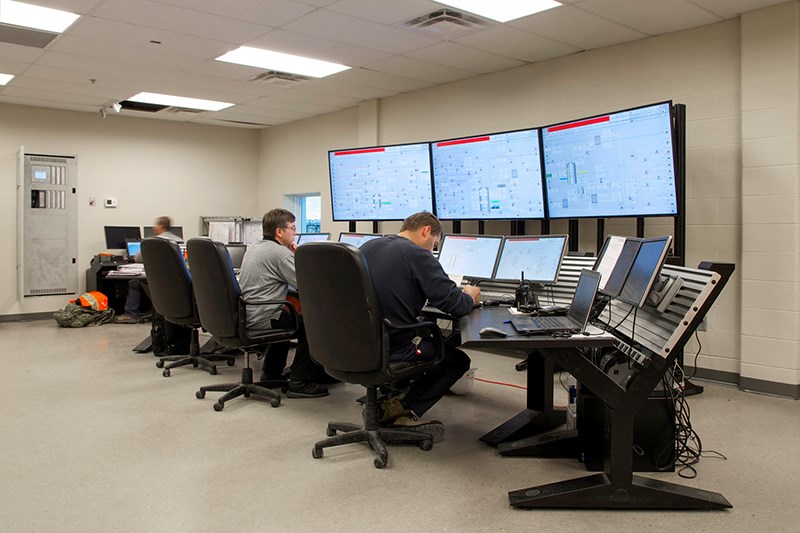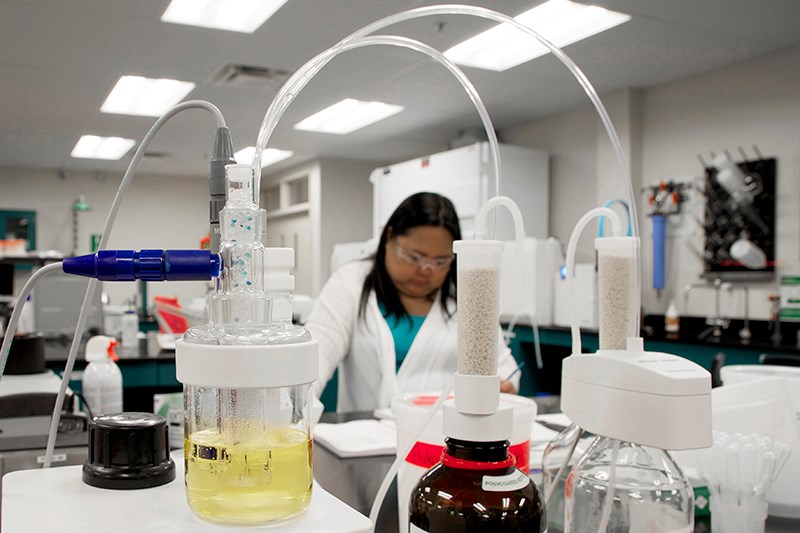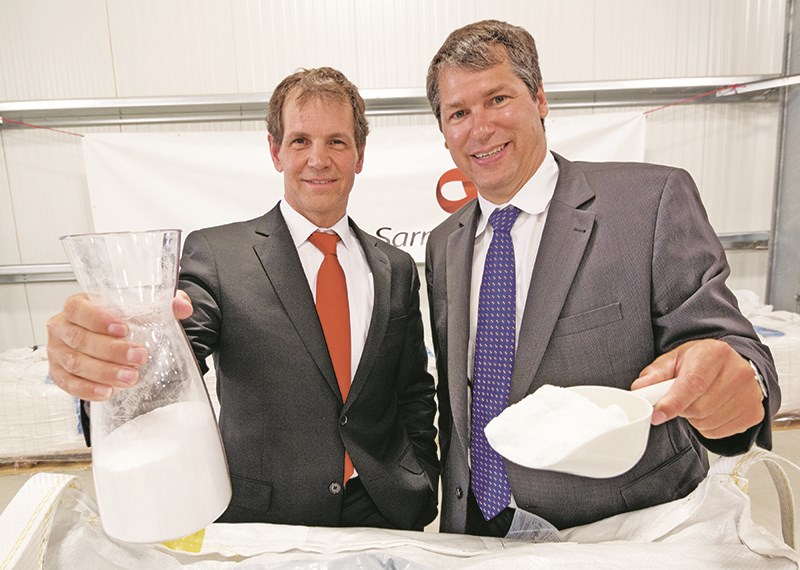George Mathewson
When a small start-up company with powerful backers opened the largest plant of its kind on the planet in Sarnia last week it signalled a compass shift in the Chemical Valley.
Bioamber Sarnia is using corn syrup - not petroleum - to make a sugar-like substance at the $186-million (CDN) facility on Vidal Street. Called succinic acid, the white crystal is a building block used in everything from plastics to paint and food to footwear.
At an official opening packed with business and political leaders, company CEO Jean Francois Huc predicted an explosion of bio-based initiatives over the next decade.
“We’re really excited about making chemicals in a different way,” he told the crowd, which included Ontario Deputy Premier Deb Matthews.
“…and Sarnia is well positioned to be in the forefront of that.”
The largest succinic acid plant in the world created 300 construction jobs and is starting up with a full-time staff of 60. It’s expected to hit full commercial production this fall.
Just seven years ago Montreal-based Bioamber was five people dreaming in a small office. When a demonstrator plant in France showed its patented technology was market-ready Bioamber began securing private and government investors.
Ontario kicked in $15 million. Ottawa has provided nearly $40 million in grants and loans, said MP Pat Davidson, who called the opening a “huge, huge day for Sarnia-Lambton.”
Plant-based chemistry may be the future but low oil prices do make it more challenging, noted Hidebumi Kasuga, a manager with Japanese giant Mitsui and Co., which owns a 30% stake in the company.
“The market will be soft and weak for the time being,” he said.
Nevertheless, half the production from Bioamber Sarnia already has buyers, 95% of it for export to Europe, Asia and the U.S.
Huc said Sarnia was chosen for its infrastructure, long history of chemical expertise and skilled workforce.
“And when we came here and said, ‘We want to build a clean chemical plant,’ we were embraced by the community.”
Unlike traditional petrochemical plants, Bioamber doesn’t have a flare stack. Its process uses less energy without greenhouse gas emissions.
The corn feedstock grown in Ontario and Quebec is converted to glucose at a “wet mill” in London.
“We literally pump that sugar into our fermenters, our yeast eats the sugar and transforms it, and spits it back out as succinic acid,” Huc said.
“It is truly sustainable chemistry.”
Bioamber is already planning an even larger North American plant and Sarnia is on the list of candidates.
